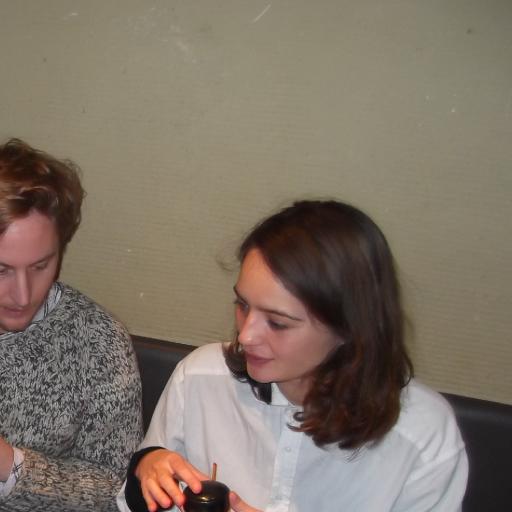
Recently Rated:
Stats
Work interests:
Affiliation/website:
Preferred contact method: Reply to post in blog/forum/group
Preferred contact language(s):
Contact:
Favourite publications:
Founding Member
Work: Philosophy, Architecture
briefly: archiving fashion in Kyoto
I have recently come across the website of the Kyoto Costume Institute, an establishment whose mission seems to be researching the place of clothing, design and textiles in our lives across time and the world, with a particular eye to the relationship between Japanese designs and their counterparts in different contexts. Clothing, the president of the Institute argues, changes as we do, and its changes are reflective (or constructive) of other changes at different levels in a society: the goal of the Institute is thus to archive pieces it deems of interest, which are available to view (and sometimes exhibited thematically) as well as both producing and keeping abreast of scholarship on topics relating to the development or role of clothing in different social contexts. As he puts it, "the distinctive characteristics of each age, the way that [each] society worked, and the changes in fashions and tastes are all thrown into clear relief by clothing. Clothing symbolizes the state of humankind at a particular juncture in time, thereby also throwing light on our own existence."
Since I have not (yet?) visited the Institute, I thought I might (very briefly) write on its biannual publication, Dresstudy, and in particular one of the articles free to download from the website, Through Western Eyes: Japanese Fashion in the 1980s (published in Dresstudy, vol. 57, april 2010). Dresstudy aims to support fashion research through publication, and encourages academics from different countries and fields to submit articles on fashion movements and garments, which lends a broader perspective to its publication than one might at first imagine it has. To illustrate, Dorinne Kondo, author of Through Western Eyes, is a professor of Anthropology and American Studies and Ethnicity at the University of Southern California: thus the article gives an extremely brief description of the state of economics in Japan over the twentieth century, and in particular its economic relations with the USA, before attempting to slot in the emergence of the popular avant-garde Japanese designers of the seventies and eighties in Europe.
The argument that Kondo pursues is two-fold. On one hand, the designers discussed produced clothes which had a profound influence on fashion at the time: the shaping, colour and fabric choices were all said (by Kondo) to bring about a change in the way designers and buyers thought about and wore clothes in the USA and Europe. On the other hand, the grouping together of these designers and the similarities in their individual aesthetics under the category of 'Japanese Designers' worked to reduce what was unique about their collections to factors exclusively race-related: Kondo maintains that this was an embodiment of 'Japan-bashing', and that the treatment they received as a group was well below the standard which European designers of the same calibre received. Even respectful remarks had superiority undertones, as Kondo illustrates when describing a compliment paid to the work of those Japanese designers discussed regarding their understanding of the French aesthetic. She finishes by writing that "when we analyze the fashion industry in a global frame, it is crucial to remember that these interactions and encounters occur within sedimented geopolitical and economic histories. The Western reception of Japanese fashion in the 1980s cannot be understood outside these sedimented histories, and it provides an exemplary case of the contradictory, ambivalent complexity of Japan's relationship with 'the West'."
The Institute is interesting, I think, because of the archival approach it takes to clothing and its related historical-cultural artifacts, which most of us nowadays understand to be cheaply produced and easily disposable. The subset of fashion which it archives is generally inaccessible to many on an average wage, and the Institute serves as an access point to pieces whose primary design focus is not mass production for mass consumption. As well, the understanding of each piece becomes fuller thanks to the encouragement of broad research, at conceptual, constructive, and contextual levels. The website is in Japanese, but is mostly translated into English as well, and some of the articles from older Dresstudy volumes are in English too. For anybody interested in browsing the website,hereis a link to its About page;hereyou can see their available articles online; andhereis an access point for their digital archives. Happy Wednesday, all!

Hi Grace,
Thanks for the article...
I hope you do have time to visit the Kyoto Costume Institute, and perhaps also the Kobe Fashion Museum down on the coast, if you can navigate through the unarchived street fashions of Osaka. It should all be possible in one day, by foot and train.
P.